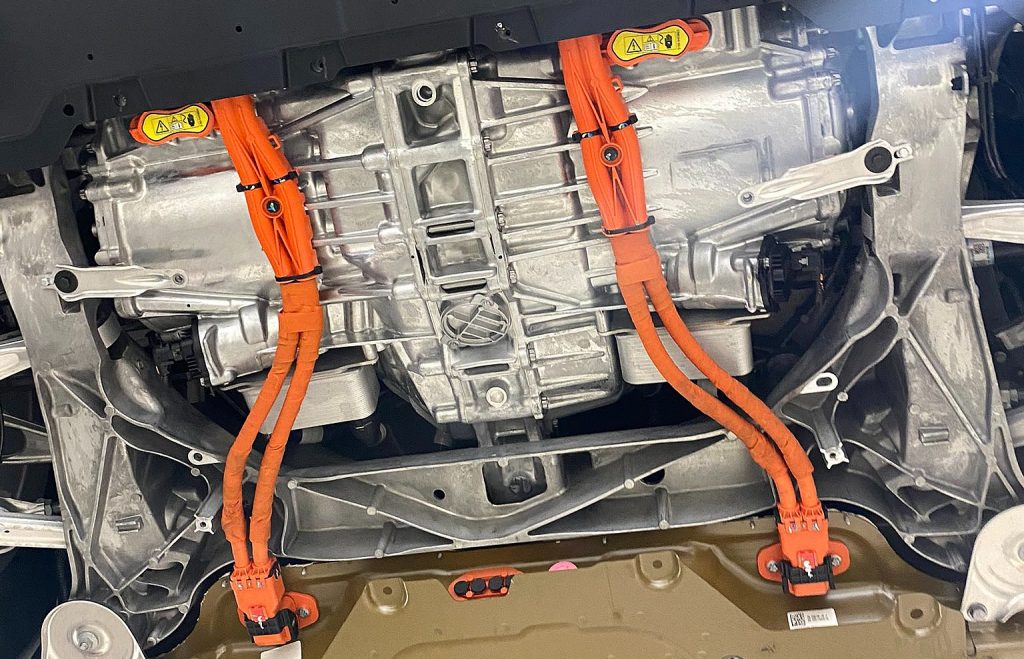Did a fast-moving Tesla catch your eye recently? Asyou all know, American company produces the fastest production car on earth. You might be wondering what type of engine it uses to get that fast. Here is the answer:
Tesla vehicles don’t have engines. While traditional vehicles have internal combustion engines, Teslas come with electric motors and large battery packs to power them. And furthermore, there is neither a petrol/diesel engine nor any fuel tank, fuel injection system, exhausts, etc. inside Tesla’s fully-electric models. The whole driving system is based on relatively small motors and thousands of battery cells placed underneath the vehicle.
Related Article: Do Teslas Need Oil Change?
To better understand how an engineless Tesla move, you need to know about an EV’s critical parts. The electric motor and the battery pack are two of the most significant systems on any electric car. But manufacturers aren’t simply putting some batteries and motors together to create a vehicle. There is more to it than you could guess at first glance.
The inverter, DC/DC converter, on-board charger, battery management system (BMS), and thermal management system (including heat pump) are equally crucial for the electric vehicle to move. Tesla got rid of engines, exhaust, and fuel systems. Instead, they put in more efficient, lighter equipment that guarantees a much faster, cleaner ride. Here is a list of parts that a regular Tesla vehicle equipped with:
– Power/Traction Battery Pack
– AC/DC Electric Motor(s)
– Power Inverter
– Transmission (mostly a reduction gear, to be precise)
– OBC (On-board Charger) and Charge Port
– DC/DC Converter
– 12V Auxiliary Battery (mostly lead-acid batteries used)
– Battery Management System (BMS)
– Thermal Management System (including heat pumps)
– Power Electronics Controller
How Many Motors Do Teslas Have?

At first, Tesla vehicles used a single-motor drivetrain. The first dual-motor AWD Tesla unveiled in 2015. After that Elon Musk’s company developed a tri-motor drivetrain powerful enough to set multiple acceleration records in 2021. Tesla Model S Plaid with tri-motor setup is still the fastest mass-production vehicle on the market.
Tesla Model S and Model X have both dual and tri motor drivetrains. The fully-electric Class 8 truck Tesla Semi is also powered by the same drive units with three electric motors. Rumors suggest that Tesla’s highly-anticipated electric pickup Cybertruck will also have three motors, instead of a quad-motor drivetrain originally promised. Tesla Model 3 and Model Y, on the other hand, offers both single-motor RWD and dual-motor all wheel drive options.
